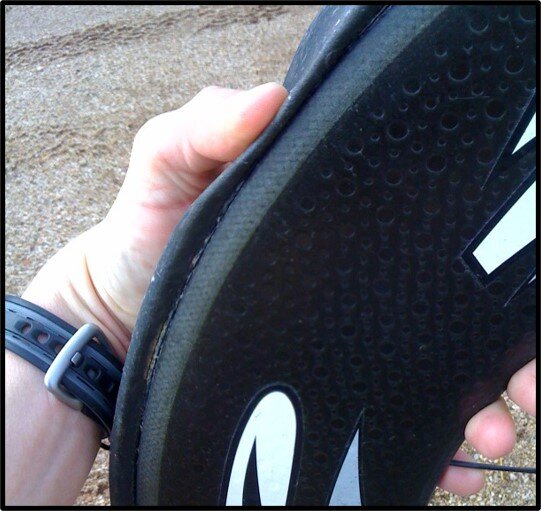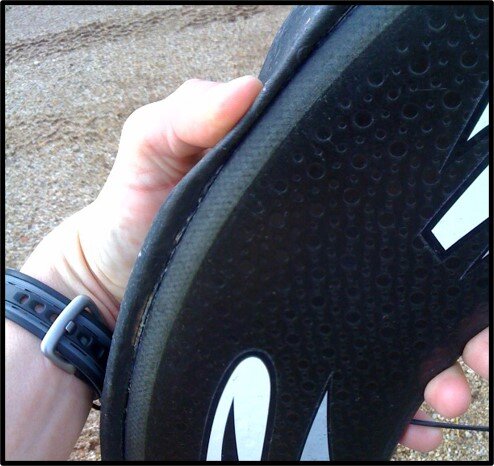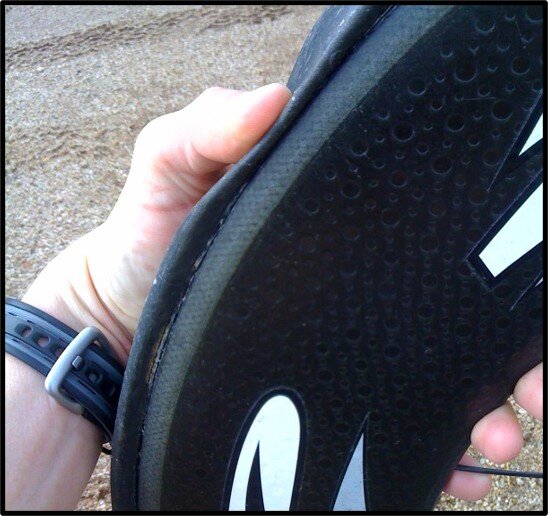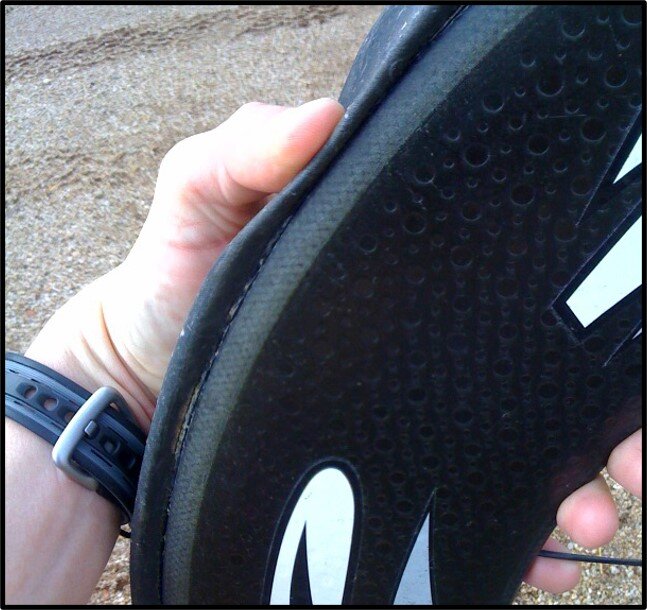Advice On Living Up To A Chosen Value
What appears below is the text of an email I recently sent to one of our 2023 leadership course participants.
As part of his preparation for the course, he was asked to choose 3 core values, then check-in with a few people (family, friends, co-workers) who have had plenty of opportunity to observe his behaviour patterns, to see what they think his 3 core values might be, then do some thinking about his ‘evidence’.
Having completed this process, he emailed to describe the fact that only one of his chosen 3 was validated by the observations of others, and that his main purpose, that of making a difference, seemed just be a “goal in his head”. He wanted some feedback. In the hopes my noodling might be of some use to you readers, here’s what I sent back:
Hi X … thank you for sharing your thinking and your reality checks. I have some thoughts which I will share below and I have copied in Y, since you have included him in communication and because he, like me, is still working on being who he wants to be. We are both students of the process.
First, I applaud you for recognizing that the perceptions of others are excellent measuring sticks. Second, I believe you can consider your “family” value as firmly validated. Third, the rest of your list seems to be a combination of who you want to be and who you are (as perceived by others). All very normal, I trust you are not shocked or dismayed. I also congratulate you on realizing that some of who you want to be may just be a “goal in your head” for the moment.
Here are some thoughts for you to consider as you choose how to go forward:
- despite our best intentions, we are what we actually say and do, repeatedly, as experienced by others
- additionally, we have to remind ourselves that others experience us in the context of home or work or school or community … and that our role in each of these settings varies … so that we may show behaviours of the leader in one or a co-leader in another, a participant/colleague in a third, or a follower in a fourth, and so on
- at the same time, we will each have some basic character traits that transcend these roles … these have to do with our personalities and how we approach life … examples are different levels of humour, determination, analysis, decisiveness, competition … you need to sort through all these as well, so that you are not just accepting that the impulses of a lifetime dictate who you are. To give you a personal example, I love laughing/being funny and my first glimpse of a situation has always been to look for the humour in it … this is sometimes appropriate and more often not, so unless I want to be a ‘frivolous’ person to others, there are times when I have to step on my impulse and look for a helpful human insight to share (which I am also good at), because I’d rather be known for that. I am 76 years old and still working on this
- our goal in asking you and your 2023 classmates to undertake this values clarification exercise is to help you make your behavioural decisions more deliberate and feed the ideal of “who you want to be”. If we take your “making a difference/purpose” value as your personal example, I am guessing that you are exactly right, that you have not turned your ‘goal’ into any repeated/habitual behaviours (what you always/never say and do) that would cause others to stop and say to themselves “boy, X is all about (insert value), isn’t he?”
- the great news is that you can immediately start doing and saying things that indicate what your purpose is and how you want to make a difference in the world. Just pick your target and go. Want your family to be known for Z? Enable them to become that for others, encourage what you think they need to say and do more of. Want your work teams to be more customer-focused? Preach it and reward it and don’t ever do or say anything that detracts from that message. For some, making a difference can be as simple as “being 100% emotionally and physically focused on others” when they ask for your attention … the effect over time can be to be known as a person who lives life in the service of others … and trust me, there isn’t a whole lot of competition out there!
My best advice is to pick something you are good at, something you believe is important in life, and then just start acting in ways that take small steps in that direction … I think you’ll be surprised at how quickly you can form new habits in what you say and do … and beware, the biggest challenges will be in keeping your purpose front of mind, particularly when the “you-know-what” hits the fan or when something unexpected takes your attention away.
This is the work of a lifetime. Not trivial, not easy, but as meaningful as meaningful gets.
Hope this helps. Cheers!















